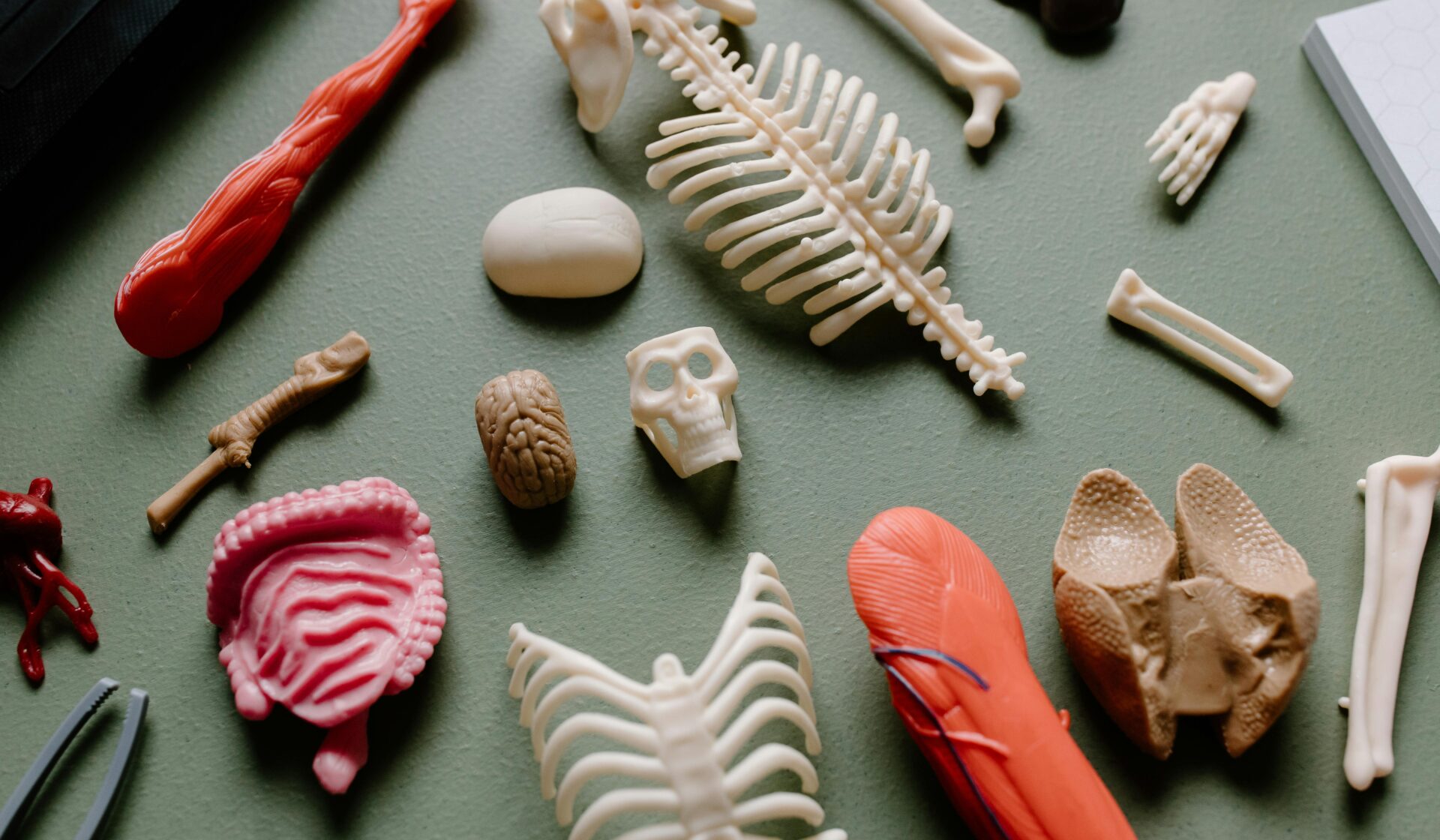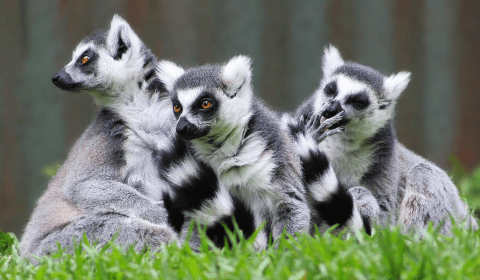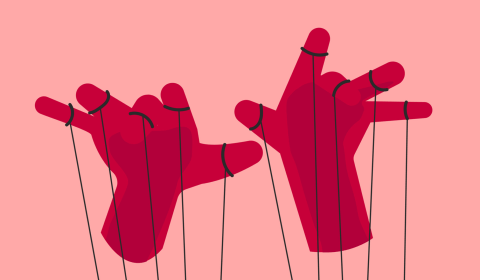Recent studies indicate that intersex variations are as common as red hair, affecting approximately 1.7% of the global population. Public awareness about this facet of human biology remains limited however, highlighting the need for improved education and acceptance across the board.
‘Intersex’ is an umbrella term that encompasses a wide range of bodily differences, from variations in chromosomes and reproductive organs to atypical hormone levels and external genitalia.
Specifically, it means that an individual’s physical sex characteristics don’t conform to typical male or female definitions.
Medical research, including a comprehensive study in the American Journal of Human Biology, states that intersex traits occur in around 1 in 1,500 to 2,000 births.
Though just as common as red hair, this facet of human biology remains grossly misunderstood.
One crucial distinction that often gets blurred in public discourse is the difference between being intersex and transgender.
While transgender identity relates to gender and personal identification, intersex variations are purely biological and present from birth.
This fundamental disparity draws attention to the essentiality of approaching these topics with profound understanding and respect.
Sadly, many intersex people face significant challenges from the moment they are born.
Driven by social pressures to uphold strict male/female categorisations, doctors and parents frequently subject intersex infants to unnecessary and irreversible medical interventions.
These harmful practices and attempts to ‘normalise’ can have devastating lifelong consequences, both physically and psychologically.
Advocating for awareness and acceptance is therefore key.
At present, members of the intersex community are required to overcome many obstacles to access healthcare and legal recognition.
Advocacy groups like the Intersex Society of North America have been at the forefront of the fight to confront this and guarantee their bodily autonomy.
As a result of these tireless efforts, important strides have been made, including the successful lobbying for the ban of non-consensual surgeries involving intersex minors in several US states.
There is a great deal more work to be done, however.
Intersex people continue to grapple with stigma, discrimination, and ignorance towards the realities of their lived experiences.
With the full spectrum of human diversity demanding acknowledgment if we are to achieve inclusivity across the board, the intersex community is finding empowerment in embracing and celebrating what makes its members unique.
Through sharing their stories, challenging outdated norms, and calling for their dignity to be recognised, their hope is that society can move towards better supporting basic human rights.

















